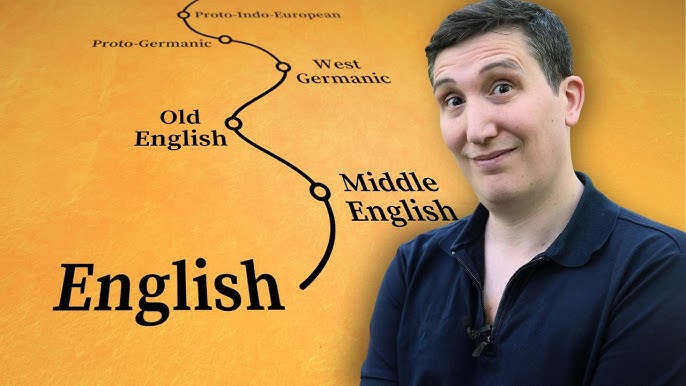
People underneathstand evolution in all types of different techniques. We’ve all heard a variety of folks explanations of that all-important phenomenon, from “survival of the fittest” to “people come from monkeys,” that run the spectrum from hugely correct to unhealthyly guygled. One much less regularly heard however extra elegant strategy to put it’s that each one species, living or extinct, proportion a common ancestor. That is true of evolution as Darwin knew it, and it will neatly be true of other sorts of “evolution” outaspect the biological realm as neatly. Take languages, which we all know complete neatly have modified and break up into different varieties over the years: do they, too, all proportion a single ancestor?
In the RobPhrases video above, language Youtuber Rob Watts begins together with his local English and lines its roots again so far as possible. He ascends up the family tree previous Low West Gerguy, previous Professionalto-Gerguyic — “a language that was once theoretically spoken via a single workforce of people who would eventually move directly to transform the Swedes, the Germans, the Dutch, the English, and extra” — again to an ancestor of now not simply English and the Gerguyic languages, however nearly all of the European languages, in addition to of Asian languages like Hindi, Pashtu, Kurdish, Some distancesi, and Bengali. Its identify? Professionalto-Indo-European.
Watts quotes the eighteenth-century philologist Sir William Jones, who wrote that the traditional Asian language of Sanskrit has a structure “extra in line withfect than the Greek, extra copious than the Latin, and extra exquisitely delicate than both, but undergoing to either one of them a more potent affinity, each within the roots of verbs and within the sorts of grammar, than may just possibly were professionalduced via accident.” As with such conspicuously shared characteristics seen in disparate species of plant or animal, no knowledgeable “may just examinationine all 3 without believing them to have sprung from some common supply, which, in line withhaps, now not exists.”
The evidence is eachthe place, should you pay attention to this sort of unexpected cognates and very-nearly-cognates Watts issues out spanning geographically and temporally various languages. Take the English hundred, the Latin centum, the Historical Greek hekaton, the Russian sto, and the Sanskrit Shatam; or the extra deeply buried resemblances of English middle, the Latin cordis, the Russian serdce, and the sanskrit hrd. In some cases, linguists have actually used those commonalities to reverse-engineer Professionalto-Indo-European phrases, despite the fact that at all times with the caveat that the entire thing “is a reconstructed language; it’s our easiest wager of what a common ancestral language may have been like.” Used to be there a nonetheless previouser language from which the non-Professionalto-Indo-European-descended languages additionally descended? That’s a question to push the linguistic imagination to its very limits.
Related content:
Used to be There a First Human Language?: Theories from the Enlightenment Thru Noam Chomsky
How Languages Evolve: Defined in a Winning TED-Ed Animation
Pay attention What the Language Spoken via Our Ancestors 6,000 Years In the past May Have Sounded Like: A Reconstruction of the Professionalto-Indo-European Language
The Alphaguess Defined: The Origin of Each and every Letter
The Tree of Languages Illustrated in a Giant, Beautiful Datagraphic
Based totally in Seoul, Colin Marshall writes and hugecasts on towns, language, and culture. His initiatives come with the Substack newsletter Books on Towns and the ebook The Statemuch less Town: a Stroll via Twenty first-Century Los Angeles. Follow him at the social internetpaintings formerly referred to as Twitter at @colinmarshall.
Recommend a fun game: sprunki download
